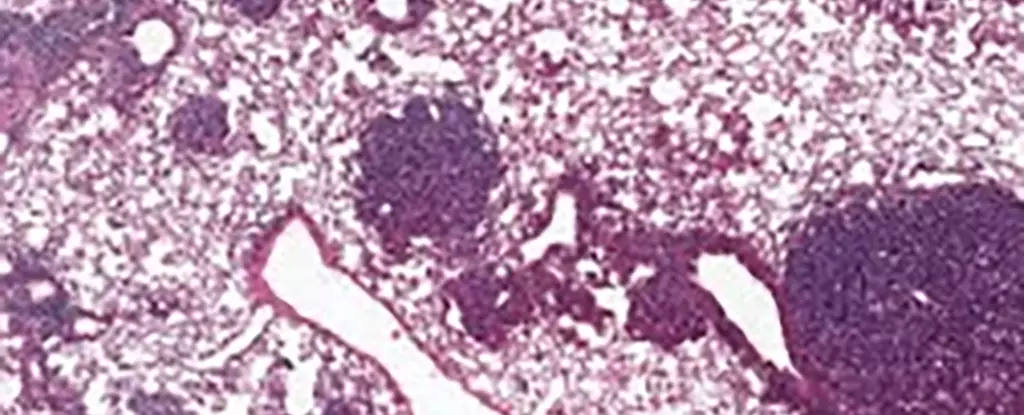As individuals traverse the path of aging, they encounter a perplexing paradox in cancer risk. While the burden of cancer severity and the likelihood of its onset significantly rises during the 60s and 70s, research signals a decline in cancer risk past the age of 80. Recent investigations shed light on the mechanisms underlying these phenomena, revealing potential opportunities to harness biological processes toward combating cancer in the elderly.
Aging and Genetic Mutations: A Double-Edged Sword
The observed escalation of cancer incidence during our sixth and seventh decades is largely attributed to the cumulative effect of genetic mutations accrued over time. As cells replicate and respond to environmental stressors, the scope for cellular malfunction emerges, setting the stage for cancerous transformations. However, the intriguing twist in this narrative is the decline in cancer risk observed in the oldest age brackets, which invites scrutiny into the transitioning biology as organisms age.
Existing research has typically acknowledged the propagation of these mutations as a primary driver of cancer risk. Yet, this foundational understanding only scratches the surface of a complex interplay between age, cellular behavior, and external influences. The recent study referenced not only captures data through a scientific lens but also opens discourse on how insights derived from model organisms, like mice in this case, can amplify our understanding of human health.
At the core of the study lies the focus on alveolar type 2 (AT2) stem cells, critical for lung maintenance and regeneration. These cells serve as the launchpad for many lung-related malignancies, thus their behavior is pivotal for comprehending lung cancer dynamics. Strikingly, older mice exhibited heightened levels of a protein known as NUPR1, serving as a potential regulatory factor in this biological equation.
The researchers identified that despite elevated iron levels in aging cells, the functional output resembled that of iron deficiency. This paradoxical situation suggests a labyrinth of alterations characterizing cellular function in older organisms. By analyzing the role of NUPR1, scientists hope to unravel why aging cells manifest diminished regenerative capabilities and concurrently how that relates to reduced tumor growth. Understanding this discrepancy may not only shed light on lung cancer mechanisms but also rejuvenate how researchers think about iron metabolism in older populations.
Therapeutic Implications: Targeting Iron Metabolism
One of the most compelling implications of this research revolves around potential therapeutic avenues related to iron metabolism. By artificially manipulating NUPR1 levels or iron concentrations within cells, researchers could bolster the regenerative capabilities of lung tissue as well as directly intervene in the processes that contribute to cancer progression in the elderly. This could notably aid those grappling with long-term respiratory issues post-COVID-19, signifying the crossover between pandemic aftermath and cancer treatment paradigms.
Additionally, the insights gleaned from this study about ferroptosis (a form of regulated cell death linked to iron) feed into a broader narrative of updating cancer treatment methodologies. Insights suggest that older cells might exhibit resistance to ferroptosis-based treatments due to their relatively dysfunctional state in terms of iron utilization. Thus, the timing and approach of administering such treatments could prove decisive in optimizing their effectiveness across age strata.
The findings also amplify the importance of preventative strategies against cancer, especially in younger populations. Notably, behaviors such as smoking and sun exposure, previously deemed dangerous, may be increasingly critical in light of the study’s findings that mutational events during youth pose greater risks than those occurring later in life. Encouraging proactive health measures could substantially mitigate the burden of cancer as populations age.
The research not only reconceptualizes our understanding of cancer risk associated with aging but also reaffirms the complexity of this multifaceted disease. As scientists delve deeper into the cellular intricacies influenced by age, they uncover expansive opportunities for harnessing this knowledge in personalized medicine—paving the way for interventions tailored to individual patient profiles while underscoring the significance of early preventive measures in the broad spectrum of cancer management. The interplay of aging, cellular dynamics, and cancer risk continues to unravel, emphasizing the infinite intricacies that warrant thorough exploration.

Leave a Reply